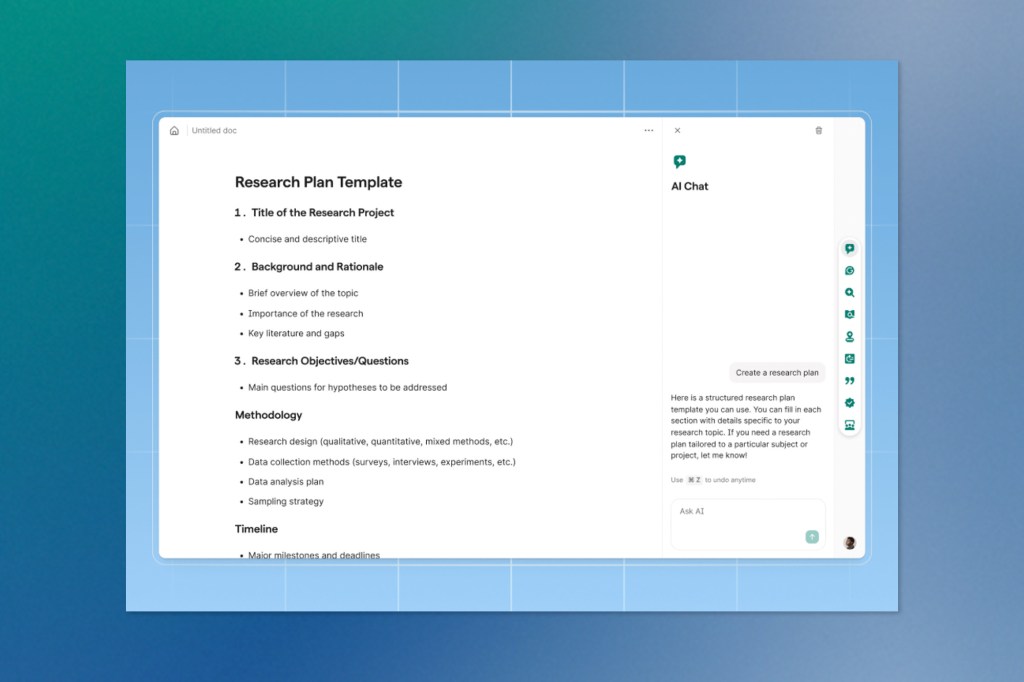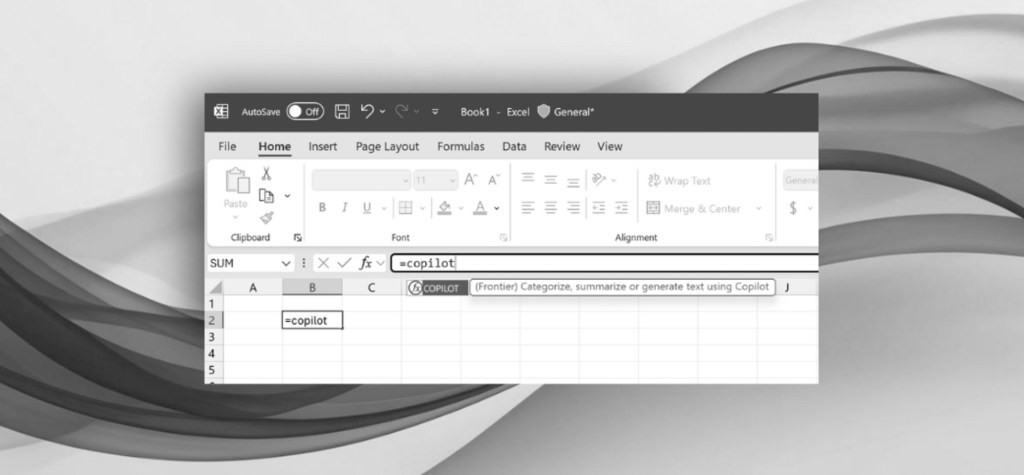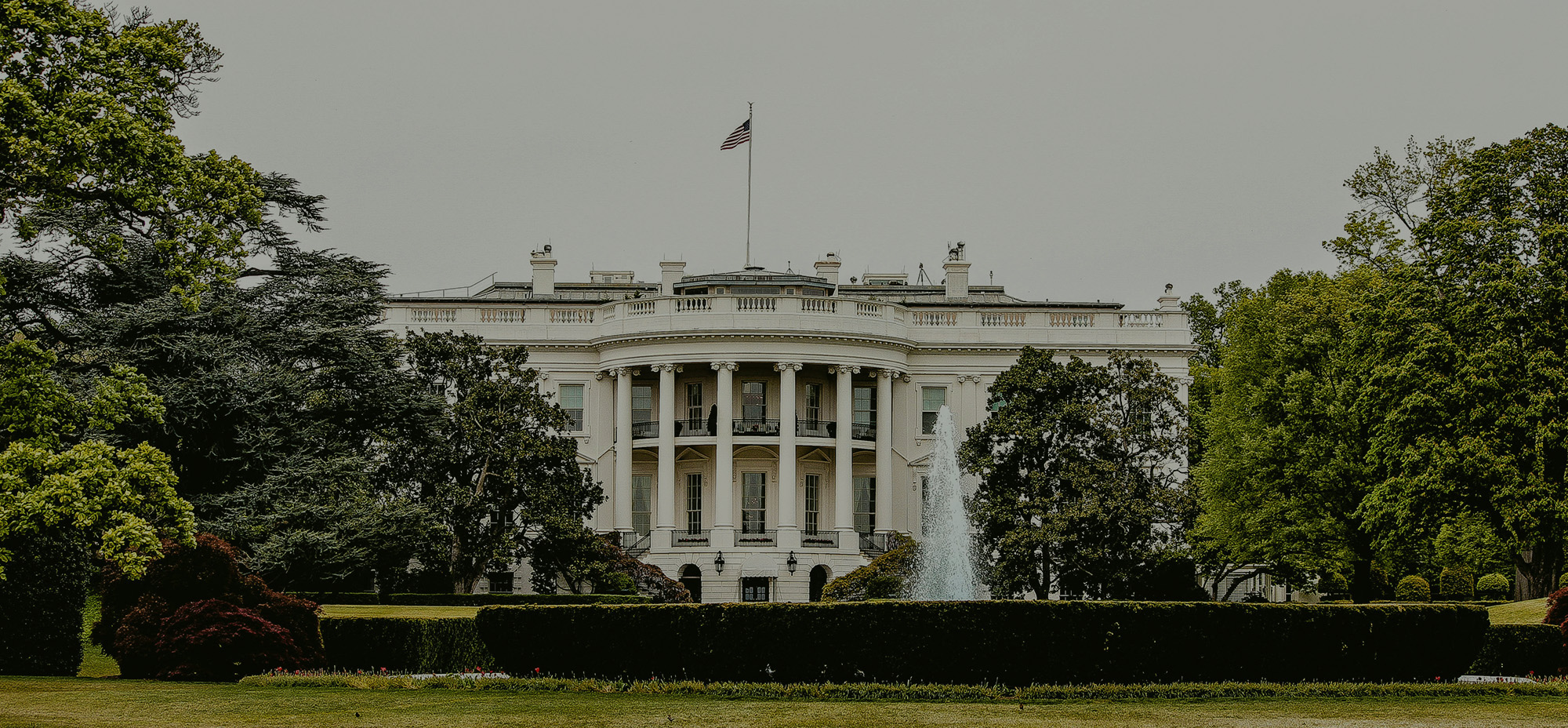This week delivered significant developments across AI’s expanding landscape, from major platform transformations to emerging concerns about AI’s role in childhood development. Canadian AI leadership took center stage as Cohere secured both substantial private funding and a strategic government partnership, while Microsoft deepened AI integration into everyday productivity tools. Meanwhile, established players like Grammarly are reimagining their core platforms around AI capabilities, and new questions emerge about how AI should interact with the youngest users. Here’s what shaped the AI conversation this week.
Listen to the AI-Powered Audio Recap
This AI-generated podcast is based on our editor team’s AI This Week posts. We use advanced tools like Google Notebook LM, Descript, and Elevenlabs to turn written insights into an engaging audio experience. While the process is AI-assisted, our team ensures each episode meets our quality standards. We’d love your feedback—let us know how we can make it even better.
🇨🇦 Canadian Innovation Spotlight
Canada Formalizes AI Partnership with Domestic Champion Cohere
The Canadian government has entered into a memorandum of understanding with Toronto-based Cohere, marking a strategic move to harness domestic AI expertise for public sector innovation. This collaboration reflects Canada’s broader effort to advance AI adoption while safeguarding digital sovereignty and strengthening its national tech ecosystem.
The agreement positions Cohere as a preferred partner for deploying AI technologies across government operations, from enhancing public service delivery to improving internal administrative processes. This approach allows Canada to maintain greater control over sensitive government data and AI model development compared to relying on foreign technology providers.
The partnership comes just days after Cohere announced a substantial $500 million funding round at a $6.8 billion valuation, led by Canadian venture firms Radical Ventures and Inovia Capital. The timing suggests coordinated momentum between private investment and government adoption, potentially strengthening Cohere’s position as Canada’s flagship AI company.

For Cohere, the government partnership provides validation of its enterprise-focused AI strategy and creates a significant reference customer for international expansion. The company has positioned itself as a security-first alternative to consumer-focused AI companies, emphasizing enterprise deployment capabilities and data protection features that align with government requirements.
The timing reflects broader geopolitical considerations around AI development and deployment. As governments worldwide grapple with questions of technological dependence, Canada’s partnership with Cohere demonstrates a “sovereign AI” approach that keeps critical capabilities within national borders while fostering domestic innovation capacity.
The MOU builds on Canada’s substantial AI investments, including over $4.4 billion committed since 2016 for AI research infrastructure and development programs. This financial commitment, combined with regulatory frameworks like the Voluntary Code of Conduct for AI systems, positions Canada as seeking to lead in responsible AI governance while maintaining competitive advantages.
The partnership also addresses practical concerns about AI implementation in government contexts. Public sector AI deployment requires different considerations than commercial applications, including transparency requirements, accountability mechanisms, and integration with existing administrative systems. Cohere’s enterprise focus and Canadian operations provide advantages for navigating these requirements.
This approach contrasts with other nations that have primarily relied on established international AI providers, potentially creating a model for how smaller countries can maintain technological sovereignty while advancing AI adoption in government operations.
Landbase Accelerates AI Strategy Through Canadian Acquisitions
US-based AI startup Landbase has completed its second Canadian acquisition this year, purchasing Vancouver-based Adauris in a deal that highlights the growing consolidation within the AI go-to-market software space. The acquisition demonstrates how American AI companies are leveraging Canadian talent and technology to accelerate their product development timelines.
Adauris specializes in converting written content into audio formats for lead generation, serving publications looking to expand their content reach and engagement. The company had built technology that helped business publications transform their written articles into audio content while capturing intent signals from listeners for sales pipeline development.
For Landbase, which provides AI-powered tools to help B2B companies identify and engage prospective clients, the Adauris acquisition brings both technical capabilities and go-to-market expertise. The deal enables Landbase to advance what CEO Daniel Saks describes as “vibe AI” for inbound marketing—essentially using conversational AI to handle natural language interactions from potential customers.
The strategic value extends beyond technology transfer. Adauris had established relationships with publishers and developed systems for measuring content performance across distributed channels, generating millions of monthly impressions and identifying tens of thousands of daily prospects for clients. This existing network provides Landbase with immediate access to intent signals and content distribution channels.
The acquisition follows a pattern for Landbase, which previously acquired Toronto-based LavaReach earlier this year. Both deals reflect the company’s strategy of buying specialized AI teams rather than building capabilities internally, allowing for faster product development cycles in the competitive AI marketing technology space.
Landbase’s aggressive acquisition strategy is supported by significant recent funding, including a $30 million Series A round that closed alongside the Adauris purchase. The company’s Canadian connections run deep, with CEO Daniel Saks having previously built AppDirect, another Canadian-founded technology company that achieved unicorn status.
The integration approach appears designed to preserve Adauris’s existing publisher relationships while incorporating the team’s expertise into Landbase’s broader AI platform. All three Adauris team members have joined Landbase in leadership roles, suggesting the acquisition was as much about talent as technology.
⚙️ New Models & Tools
Grammarly Transforms Into AI-Powered Document Platform
Grammarly has unveiled a major redesign that repositions the company from a simple grammar checker into a comprehensive AI-powered writing platform. The transformation leverages technology from Coda, the productivity startup Grammarly acquired last year, introducing a document-centric interface that fundamentally changes how users interact with the service.
The new platform adopts a modular, block-based approach that allows writers to construct documents using various components, including tables, columns, headers, and rich text elements. This represents a significant departure from Grammarly’s traditional overlay approach, instead offering a native document creation environment that competes directly with tools like Notion and Google Docs.

Central to the redesign is an integrated AI assistant positioned in a sidebar, capable of summarizing content, answering questions, and providing contextual writing suggestions. The company has also introduced several specialized AI tools targeting different user segments. “Reader Reactions” enables writers to receive feedback based on specific audience personas, while the “Grader” tool provides assessment capabilities aligned with instructor guidelines and course materials.
Perhaps most intriguing is Grammarly’s dual approach to AI-generated content. The platform now includes both tools to help users write with AI assistance and agents designed to detect AI-generated text. Luke Behnke, VP of enterprise product, emphasized that their AI detection tool aims to educate rather than punish, giving students visibility into potentially AI-generated content before submission.
This strategic positioning reflects broader tensions in the education technology space, where companies must balance enabling AI-assisted learning while maintaining academic integrity. Grammarly’s solution appears to be transparent, providing both the tools and the means to identify its use.
The redesign follows Grammarly’s $1 billion funding round in May and its recent acquisition of email client Superhuman, signalling ambitious plans to expand beyond traditional writing assistance into a broader productivity ecosystem. The company’s integration of Coda’s technology suggests they’re betting on document creation as the foundation for this expanded vision.
Excel Integrates AI Directly Into Spreadsheet Formulas
Microsoft has launched the COPILOT function in Excel, marking a significant evolution in how artificial intelligence integrates with traditional spreadsheet workflows. Unlike external AI tools or add-ins, this new function embeds large language model capabilities directly into Excel’s calculation engine, allowing users to perform AI-powered analysis using familiar formula syntax.
The function operates through natural language prompts within standard Excel formulas, enabling users to reference cell ranges and generate AI-powered results that automatically update when underlying data changes. This approach eliminates the need for manual refreshes or external integrations, creating a seamless experience where AI analysis becomes part of the spreadsheet’s native calculation process.

The implementation focuses on practical business applications rather than experimental features. Users can classify customer feedback by sentiment, generate content summaries from large data sets, create categorized lists, and perform text analysis without leaving their spreadsheet environment. The function accepts both text prompts and cell references, allowing for dynamic analysis that adapts as source data evolves.
Microsoft has designed the function to work alongside existing Excel capabilities rather than replacing them. COPILOT can be nested within traditional functions like IF statements or used in combination with other formulas, maintaining compatibility with established spreadsheet workflows while adding AI capabilities where needed.
The rollout includes specific limitations that reflect current AI model constraints. The function cannot access live web data or internal business documents, requiring users to import relevant information into their workbooks first. Usage is capped at 100 calls per 10 minutes and 300 per hour, encouraging efficient prompt design and batch processing approaches.
Privacy considerations appear central to the implementation, with Microsoft explicitly stating that data processed through the function is not used for model training. This addresses enterprise concerns about sensitive information exposure while using cloud-based AI services.
🌍 Industry Moves
AI Stuffed Animals Target Children as Screen-Time Alternatives
A new category of AI-powered toys is emerging that embeds conversational chatbots into traditional stuffed animals, with companies positioning these products as healthier alternatives to screen-based entertainment for children. However, early reactions suggest these digital companions may raise more questions than they answer about childhood development and technology integration.
Startup Curio represents this trend with products like Grem, a plushie that can engage children in conversation and interactive play through embedded AI technology. The company markets these toys as solutions to parents’ concerns about excessive screen time, arguing that physical, tactile toys with AI capabilities offer the best of both worlds.
Critics worry this approach may be solving the wrong problem. Rather than reducing children’s dependence on digital interaction, these toys potentially normalize the expectation that inanimate objects should respond intelligently to human communication. This could inadvertently teach children that their curiosity and social needs are best met through AI-mediated experiences rather than human relationships or imaginative play.

The fundamental tension lies in the marketing promise versus the underlying technology. While positioned as screen-time alternatives, these toys essentially relocate the digital interaction from a visible screen to an invisible interface within a familiar childhood object. The AI systems powering these toys operate on the same principles as smartphone chatbots and virtual assistants, potentially creating similar behavioural patterns in different packaging.
Early user testing suggests children may not distinguish between the AI-powered and traditional versions of these toys in their play patterns. This raises questions about whether the AI component truly enhances the play experience or merely adds technological complexity to activities children naturally engage in through imagination.
The emergence of AI-powered toys reflects broader societal debates about appropriate technology integration in childhood development. As these products move from concept to market, parents and educators will need to evaluate whether they represent genuine innovation in child development or simply repackage existing concerns about children’s relationship with artificial intelligence.
Keep ahead of the curve – join our community today!
Follow us for the latest discoveries, innovations, and discussions that shape the world of artificial intelligence.


